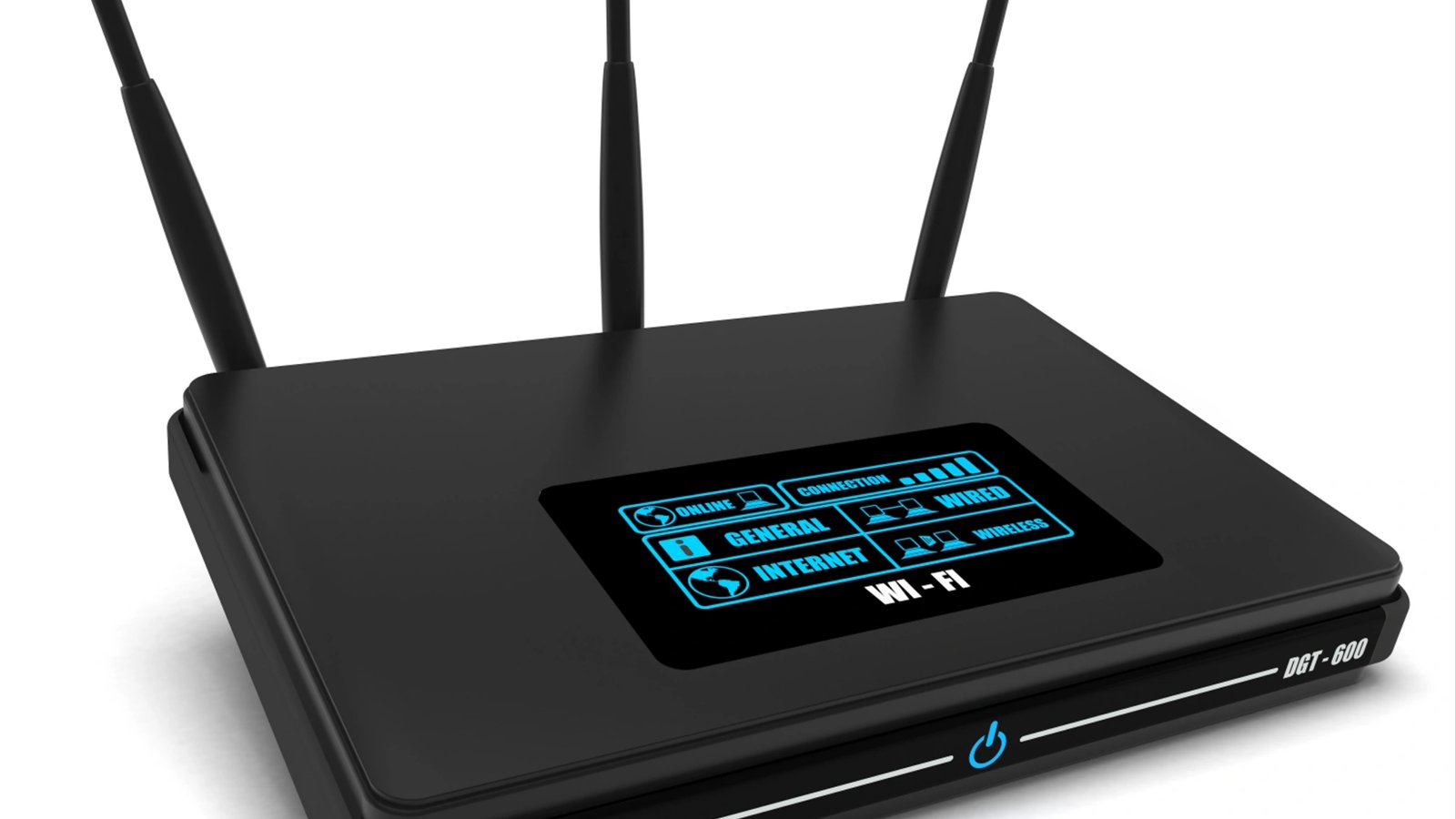The digital transformation of enterprises is accelerating, and businesses must decide between edge computing and traditional Customer Premises Equipment (CPE) to optimize their network infrastructure. While both have their merits, understanding their differences and ideal use cases can help enterprises make informed decisions.
In this article, we’ll explore:
- The fundamental differences between edge computing and traditional CPE
- Key enterprise use cases for each
- How businesses can determine the best fit for their needs
By the end, you’ll have a clear perspective on which solution aligns with your operational demands.
Understanding Edge Computing and Traditional CPE
What is Edge Computing?
Edge computing brings computation and data storage closer to the source of data generation (e.g., IoT devices, sensors, or end-users). Instead of sending all data to a centralized cloud or data center, processing happens locally, reducing latency and bandwidth usage.
Key Benefits:
✔ Ultra-low latency for real-time applications
✔ Reduced bandwidth costs
✔ Enhanced data privacy and security
✔ Better performance for distributed workloads
What is Traditional CPE?
Traditional CPE refers to hardware devices (routers, firewalls, modems) installed at a customer’s location to manage network connectivity. These devices rely on centralized data processing, meaning all traffic is routed back to a data center or cloud for analysis.
Key Benefits:
✔ Simplicity in deployment and management
✔ Well-established security protocols
✔ Predictable performance for standard enterprise needs
Edge Computing vs. Traditional CPE: Key Differences
| Factor | Edge Computing | Traditional CPE |
|---|---|---|
| Latency | Extremely low (milliseconds) | Higher (depends on central processing) |
| Scalability | Highly scalable for distributed systems | Limited by hardware capacity |
| Cost Efficiency | Reduces bandwidth costs | Higher long-term maintenance costs |
| Security | Localized data processing enhances security | Relies on perimeter security |
| Use Case Fit | IoT, real-time analytics, AI/ML | Standard enterprise networking |
Enterprise Use Cases: Where Each Shines
1. Real-Time Analytics & AI Processing
Edge Computing Wins
Industries like manufacturing and healthcare rely on instant data processing. For example:
- Predictive maintenance in factories (analyzing sensor data in real-time)
- AI-driven diagnostics in healthcare (processing medical imaging locally)
Traditional CPE would introduce delays due to backhauling data to a central server.
2. Retail & Customer Experience
Edge Computing Wins
Smart retail environments use edge computing for:
- Personalized in-store experiences (AI-powered recommendations)
- Frictionless checkout systems (real-time inventory updates)
Traditional CPE lacks the speed needed for seamless customer interactions.
3. Remote & Branch Office Connectivity
Traditional CPE Still Holds Value
For businesses with multiple branch offices requiring secure, stable connectivity, traditional CPE (like SD-WAN appliances) remains effective. It ensures:
- Consistent VPN performance
- Centralized policy management
Edge computing may be overkill for standard office connectivity needs.
4. IoT & Smart Cities
Edge Computing is Essential
Smart city deployments (traffic management, surveillance) demand:
- Instant decision-making (e.g., adjusting traffic signals in real-time)
- Massive scalability (thousands of connected devices)
Traditional CPE cannot handle the volume and speed required.
5. Security & Compliance
Edge Computing Enhances Data Privacy
Industries like finance and defense benefit from edge computing because:
- Sensitive data stays local (reducing exposure to breaches)
- Compliance with regional data laws (e.g., GDPR)
Traditional CPE relies on centralized data storage, which may pose compliance risks.
How to Choose Between Edge Computing and Traditional CPE
Opt for Edge Computing If You Need:
✅ Ultra-low latency applications
✅ Distributed IoT deployments
✅ Real-time data processing
✅ Enhanced data locality for compliance
Stick with Traditional CPE If You Need:
✅ Simple, centralized network management
✅ Standard enterprise connectivity (VPN, firewalls)
✅ Lower upfront costs for small-scale deployments
Future Outlook: The Shift Toward Hybrid Models
Many enterprises are adopting a hybrid approach, combining edge computing for latency-sensitive tasks while retaining traditional CPE for core networking. This strategy ensures flexibility without overcomplicating infrastructure.
Final Thoughts
Edge computing is revolutionizing industries that require speed and decentralization, while traditional CPE remains a reliable choice for conventional networking needs. By assessing your enterprise’s specific demands—whether it’s real-time analytics, IoT scalability, or secure connectivity—you can determine the best solution.
As technology evolves, the line between edge and traditional infrastructure will blur, but for now, understanding their strengths ensures smarter investments.
